CO886: Software Engineering
Environment and defence software
Tomas Petricek
email: t.petricek@kent.ac.uk
twitter: @tomaspetricek
office: S129A
Motivation
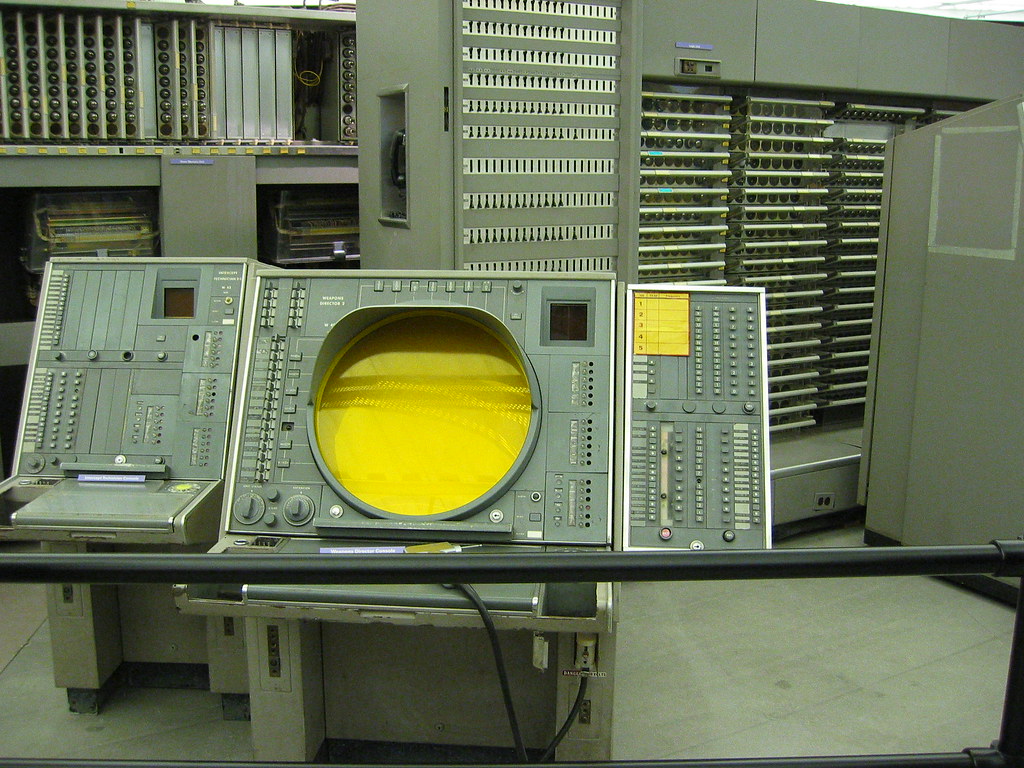
SAGE (1950s)
Processing radar images of entire US airspace
Coordinate response to nuclear attack

Strategic Defence Initiative (1980s)
System intended to protect US against ballistic missiles
Ground launched and space launched concepts
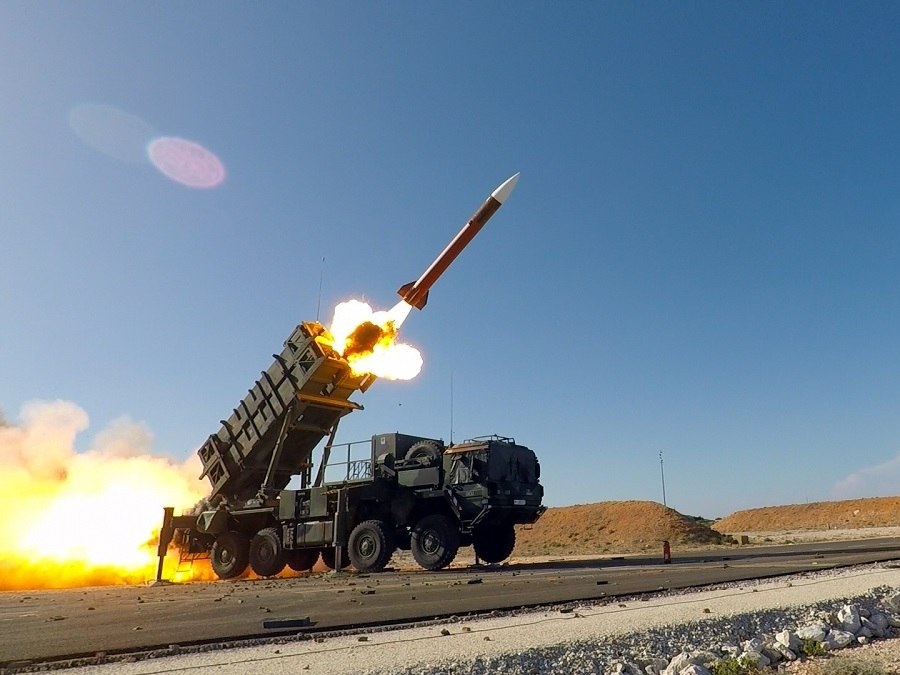
Patriot Missile (1990s-)
Anti-ballistic missile in operation nowadays
Software error in 1991 led to 28 deaths
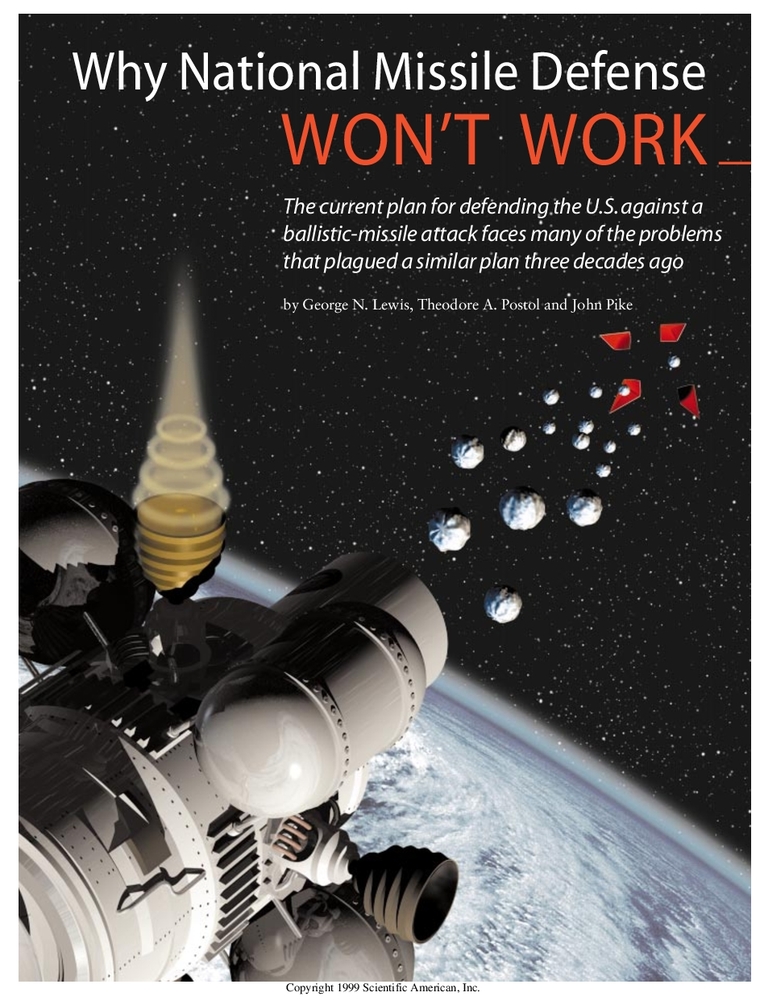
Can such system ever work?
Union of Concerned Scientists opposition on political grounds
But is there also a
technical reason?
Nature
Why is software complex?
Analog systems
Small change in input causes small change in output
Analog computers of 1930s, audio synthesizers
Digital systems with repeated components
Non-linear, but we can test components in isolation
CPU units and much of modern hardware
Digital systems without repetition
Non-linear and very hard to test
Any modern software system!
Categories
Three categories of software systems
S-programs
Written according to exact specification
P-programs
Completely determined what it can do
E-programs
Closely linked to changing environment
Laws of software evolution (Lehman, 1980)

Continuing change
E-type system must be continually adapted or it becomes progressively less satisfactory
Increasing complexity
As E-type system evolves, its complexity increases
Environment
Environment expectations
Typical software development approaches
Start with imperfect and make it gradually better
Employ careful controlled user testing
Check with customer to see if we're getting close
Have "on call" duty to resolve any bugs

Star Wars (1980s)
Fully automatic software system to track and shoot down Soviet nuclear missiles
What development methods will fail?
Arguments that count (Slayton, 2013)

System would be unreliable
Since we have no spare planets on which to fight trial nuclear wars, testing of a global ABM system is impossible.
Enemy has it easier
Very expensive defenses could give the Soviet Union an incentive to invest in relatively cheap offensive countermeasures, creating arms race instabilities.
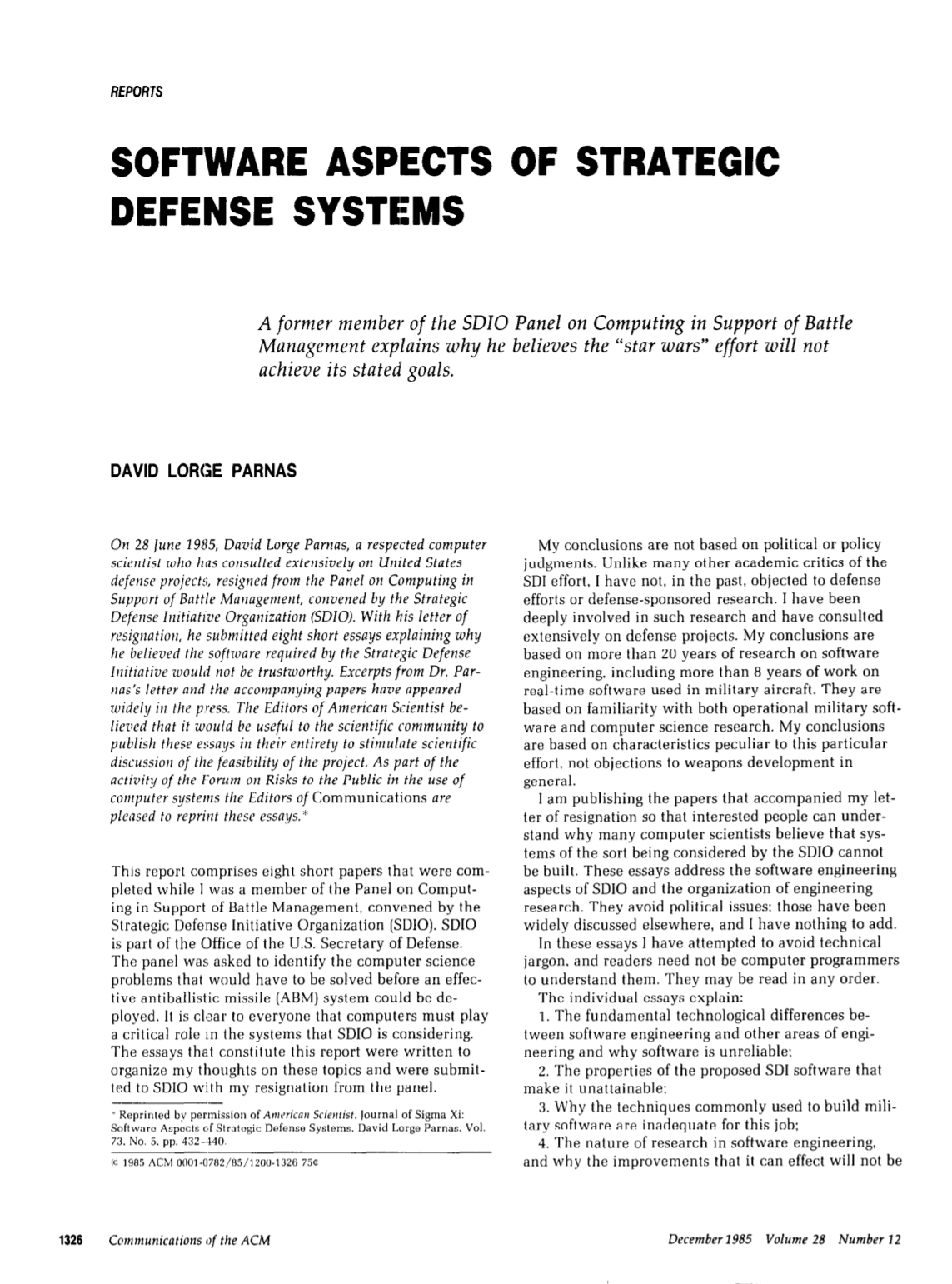
Principle
Complex software can only be mastered if it is developed progressively, with the aid of extensive testing, and then operated more or less continually in a somewhat lenient and forgiving environment.

Electronic Voting Systems
What properties of the environment make those hard to build?
Environment expectations
When can complex software be mastered
It is developed progressively
Using extensive testing
Operated more or less continually
In a somewhat forgiving environment
Metaphors
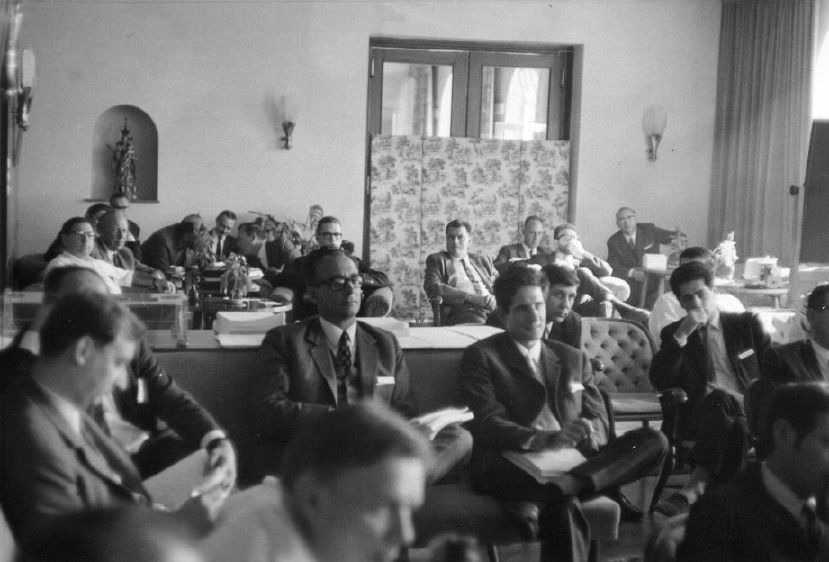
1968 NATO Conference
Programming started to make the transition from being a craft for a long-haired programming priest-hood to becoming a real engineering discipline.
Why software engineering?
Cultures of programming
Individualistic hacker culture
Programming as elusive black magic
Business and military engineering culture
Programmers are replaceable and can be trained
Organic and human-centric cultures
Programming as a craft to be done well
Why metaphors for programming matter?

Metaphor may offer a different way of thinking about problems and shift emphasis to different aspects
Example software metaphors
-
Building software systems
Focus on careful planning -
Programming is writing code
Focus on communication, expression -
Programming is growing system
Focus on long-term maintainability
Summary
Environment and defence software
What makes software systems complex
Digital system without repeated components
E-type systems and their environment
Importance of system environment
Developed progressively using extensive testing
Operated continuously, in forgiving environment
Metaphors for programming
Software engineering and NATO conference
Programming as writing, growing, building
CO886: Environment and defence software
What you should remember from this lecture
- Three categories of software systems
- What software can be effectively mastered
- Hacker, business and human-centric cultures
Tomas Petricek
t.petricek@kent.ac.uk | @tomaspetricek
References
Books and papers
- Rebecca Slayton (2013). Arguments that count
- Nathan Ensmenger (2010). Computer boys take over
- Fred Brooks (1975). The mythical man-month
- Steve McConnell (1993). Code Complete: A Practical Handbook of Software Construction
- David Parnas (1985). Software aspects of strategic defence systems
